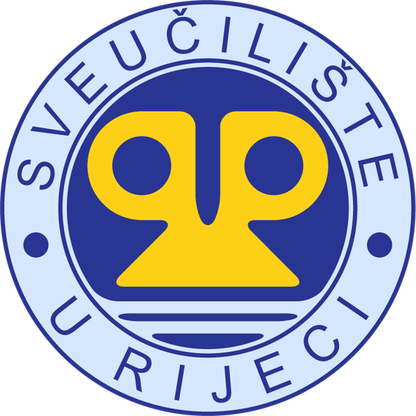| Id | 90 | |
| Author | Staiano, A., E.; Marker, A., M.; Beyl, R., A.; Hsia, D., S.; Katzmarzyk, P., T.; Newton, R., L. | |
| Title | A randomized controlled trial of dance exergaming for exercise training in overweight and obese adolescent girls. | |
| Reference | Staiano, A. E., Marker, A. M., Beyl, R. A., Hsia, D. S., Katzmarzyk, P. T., & Newton, R. L. (2017). A randomized controlled trial of dance exergaming for exercise training in overweight and obese adolescent girls. Pediatric obesity, 12(2), 120-128. |
|
| Keywords | videogames; dance; exercise; randomized controlled trial; obese; adolescent |
|
| Link to article | https://doi.org/10.1111/ijpo.12117 |
|
| Abstract | Structured exergaming with prescribed moderate in-tensity physical activity has reduced adiposity among adolescents.The extent to which adolescents reduce adiposity when allowed toself-select intensity level is not known. he objective of the study was to examine the influence ofexergaming on adolescent girls’ body composition and cardiovascularrisk factors. |
|
| Metodology | This randomized controlled trial assigned 41 overweightand obese girls aged 14 to 18 years to group-based dance exergaming(36 h over 3 months) or to a self-directed care control condition. Bodysize and composition were measured by anthropometry, dual-energyX-ray absorptiometry %fat and bone mineral density {BMD} and mag-netic resonance imaging. Cardiovascular risk factors included bloodpressure, cholesterol, triglycerides, glucose and insulin |
Technique | Medical history survey; Descriptive statistics; Analysis of covariance; Anthropometry; Dual-energyX-ray absorptiometry; Randomized controlled trial |











